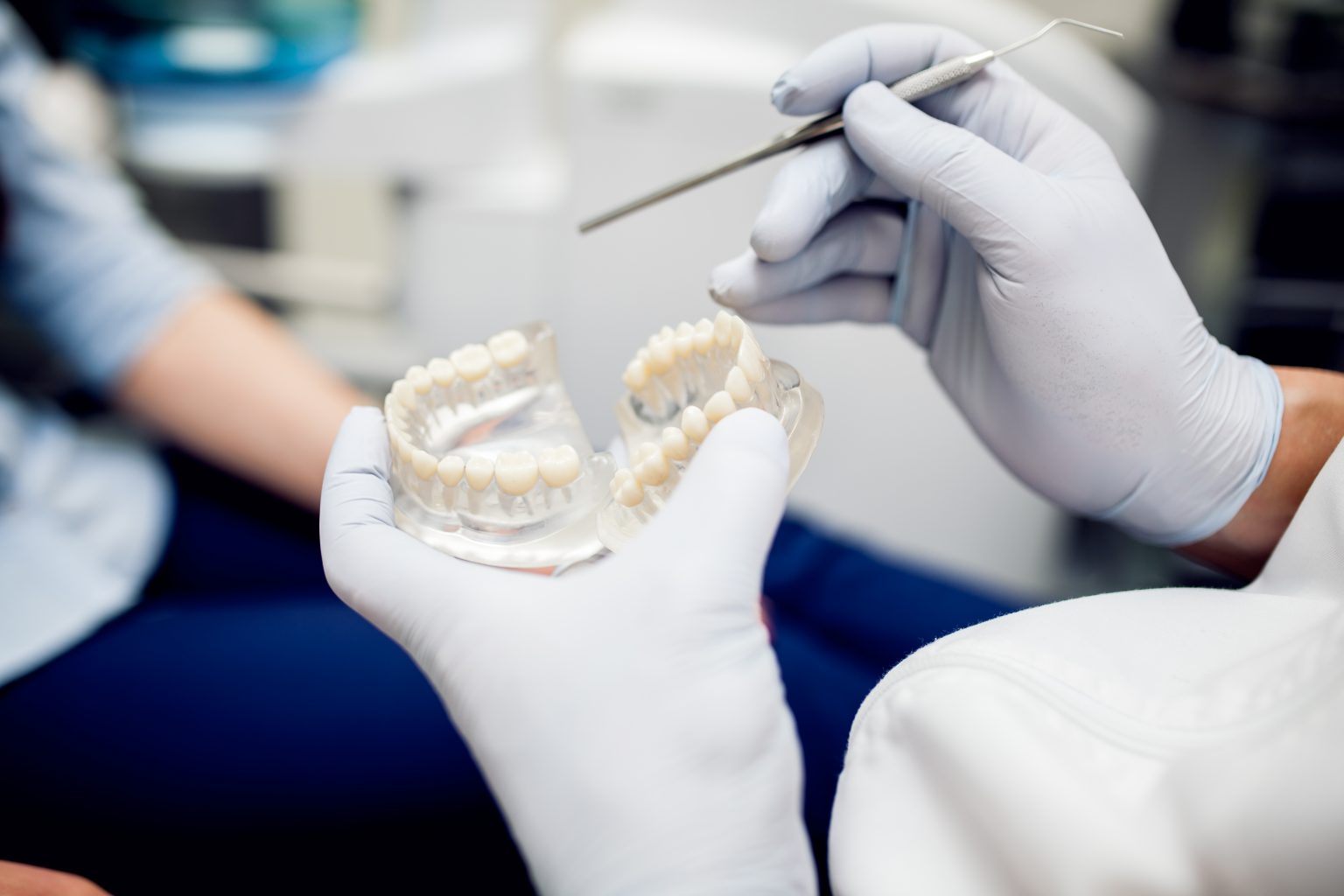Metal braces have long been a trusted orthodontic solution for correcting misaligned teeth and achieving a straighter smile. In this comprehensive guide, we’ll explore everything you need to know about metal braces, from their components and functionality to the process involved in getting them. Whether you’re considering orthodontic treatment for yourself or a loved one, understanding the basics of metal braces is the first step towards a confident and healthy smile.
What are Metal Braces?
Metal braces, also known as traditional braces, consist of metal brackets bonded to the front surface of teeth and connected by a thin wire. These components work together to gradually move teeth into their desired positions over time.
Components of Metal Braces
- Brackets: Metal brackets are small squares or rectangles attached to the teeth using dental adhesive. They serve as anchors for the wires that guide tooth movement.
- Archwire: The archwire is a thin metal wire that connects the brackets and applies gentle pressure to shift teeth into alignment. It is periodically adjusted by the orthodontist to achieve desired results.
- Elastics (Rubber Bands): Elastics are sometimes used in conjunction with metal braces to correct bite alignment issues. They apply additional force to move the jaw into the proper position.
How Metal Braces Work
Metal braces work by applying continuous, gentle pressure to teeth, gradually shifting them into the desired alignment. This pressure stimulates the bone surrounding the teeth to remodel, allowing for proper tooth movement.
The Process of Getting Metal Braces
- Initial Consultation: During the initial consultation, the orthodontist evaluates the patient’s oral health, takes X-rays and impressions, and discusses treatment options.
- Braces Placement: In the next appointment, the orthodontist bonds the brackets to the teeth and inserts the archwire. This process is painless and typically takes about one to two hours.
- Follow-up Appointments: Regular follow-up appointments are scheduled every few weeks to adjust the archwire and monitor progress. These adjustments are necessary to ensure teeth are moving as planned.
Proper Care and Maintenance of Metal Braces
- Oral Hygiene: It’s essential to maintain excellent oral hygiene while wearing metal braces. Brushing after every meal and flossing daily helps prevent plaque buildup and reduces the risk of tooth decay and gum disease.
- Dietary Restrictions: Certain foods should be avoided or eaten with caution to prevent damage to braces. Hard, sticky, or chewy foods can break brackets or bend wires, prolonging treatment time.
Common Concerns and Tips for Managing Discomfort
- Discomfort: It’s normal to experience mild discomfort or soreness after braces are first placed or after adjustments. Over-the-counter pain relievers and orthodontic wax can help alleviate discomfort.
- Speech Impediments: Some patients may experience temporary changes in speech patterns as they adjust to wearing braces. Practicing speaking and reading aloud can help improve speech clarity.
Adjusting to Life with Metal Braces
While wearing metal braces may require some adjustments, the benefits of achieving a straighter, healthier smile make it worthwhile. Remember to follow your orthodontist’s instructions, maintain good oral hygiene, and attend all scheduled appointments for optimal results.
Conclusion: Embracing the Journey to a Straighter Smile
Metal braces remain a reliable and effective orthodontic treatment option for correcting misaligned teeth and achieving a beautiful smile. By understanding the basics of metal braces, patients can embark on their orthodontic journey with confidence, knowing they are taking the necessary steps to improve their oral health and enhance their appearance. Whether you’re a teenager or an adult, metal braces offer a path to a lifetime of smiles and self-confidence.




